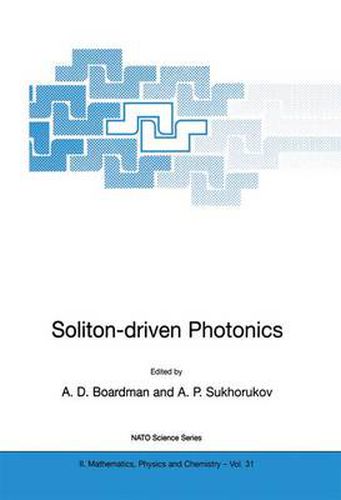Readings Newsletter
Become a Readings Member to make your shopping experience even easier.
Sign in or sign up for free!
You’re not far away from qualifying for FREE standard shipping within Australia
You’ve qualified for FREE standard shipping within Australia
The cart is loading…






This title is printed to order. This book may have been self-published. If so, we cannot guarantee the quality of the content. In the main most books will have gone through the editing process however some may not. We therefore suggest that you be aware of this before ordering this book. If in doubt check either the author or publisher’s details as we are unable to accept any returns unless they are faulty. Please contact us if you have any questions.
This text provides basic and novel ideas on how to use spatial solitons. The emphasis is on both mathematical and physical formulations, concentrating on diffraction-based spatial effects. The text shows how important self-focusing is, and how to see it in operation, in simulation and experimentally. The use of spatial solitons is driven by the need for all-optical, chip-based processing. With its wide-ranging treatment, from magneto-optics to fascinating vortex phenomena, the book is a repository of information. It should prove a valuable asset in any research laboratory interested in all-optical, chip-level processing.
$9.00 standard shipping within Australia
FREE standard shipping within Australia for orders over $100.00
Express & International shipping calculated at checkout
This title is printed to order. This book may have been self-published. If so, we cannot guarantee the quality of the content. In the main most books will have gone through the editing process however some may not. We therefore suggest that you be aware of this before ordering this book. If in doubt check either the author or publisher’s details as we are unable to accept any returns unless they are faulty. Please contact us if you have any questions.
This text provides basic and novel ideas on how to use spatial solitons. The emphasis is on both mathematical and physical formulations, concentrating on diffraction-based spatial effects. The text shows how important self-focusing is, and how to see it in operation, in simulation and experimentally. The use of spatial solitons is driven by the need for all-optical, chip-based processing. With its wide-ranging treatment, from magneto-optics to fascinating vortex phenomena, the book is a repository of information. It should prove a valuable asset in any research laboratory interested in all-optical, chip-level processing.